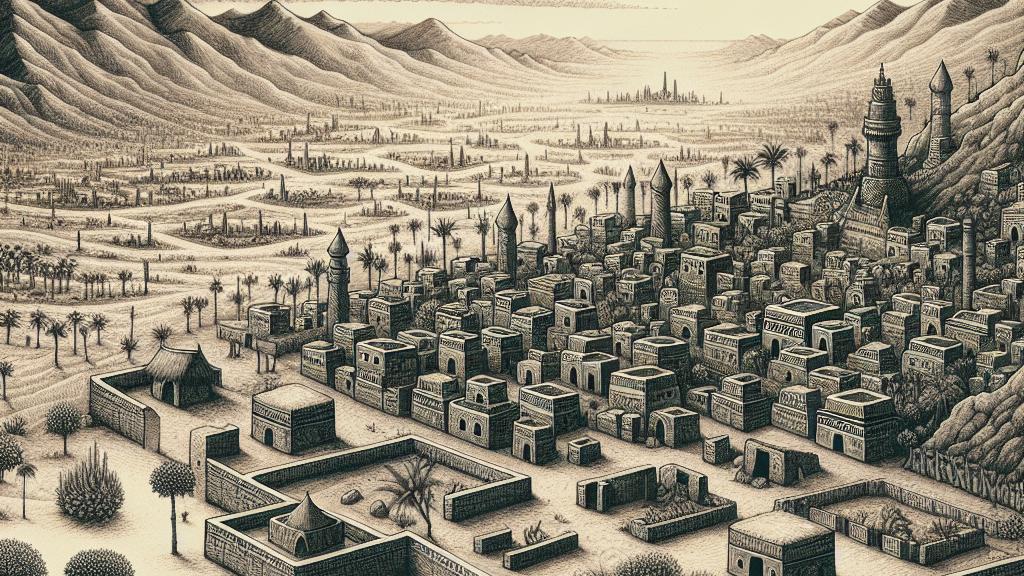The Slow Urban Revolution in Bronze Age Arabia
Overview
- The urbanization process in northern Arabia evolved gradually, taking centuries to unfold.
- The archaeological site of al-Natah reveals significant aspects of early urban life and societal structure.
- Continued excavations are crucial for uncovering the complex dynamics of ancient Arabian civilizations.

Understanding Urbanization in Northern Arabia
Northern Arabia, particularly in the region known as Medinah province, witnessed a fascinating and gradual evolution of urbanization from the third to second millennium BCE. Unlike the rapid transformations experienced in the Levant and Mesopotamia, towns like al-Natah epitomized a slow yet significant shift in societal organization. This transitional phase, characterized by small fortified settlements, illustrates a unique adaptation to environmental challenges. Thus, this rich tapestry of early urban development reveals not just a progression toward urban life, but also the diverse strategies these communities employed to thrive in a demanding landscape.
Unveiling the Secrets of Al-Natah
Al-Natah emerges as a captivating window into Bronze Age urban life, tracing back to approximately 2400 to 1500 BCE. Covering about 1.5 hectares, this remarkable site combines an organized layout with protective ramparts, showcasing the residents' ingenuity in design and defense. Furthermore, the discovery of a necropolis within the town reveals intricate burial practices that hint at social hierarchy, suggesting a community rich in cultural complexity. With estimates of around 500 inhabitants, we gain a vivid glimpse into the daily lives of these early urban dwellers, highlighting their resilience and social interactions in the face of challenges.
The Path Forward: Future Research Directions
The intriguing findings at al-Natah not only enrich our understanding of early urbanization in northwestern Arabia, but also spark a multitude of questions. To truly grasp how nomadic pastoralists transitioned to settled urban centers, extensive further excavations across the Arabian Peninsula are imperative. Each archaeological endeavor presents an opportunity to uncover insights into trade networks, cultural exchanges, and the fundamental elements that shaped these burgeoning societies. By continuing to explore the region's archaeological treasures, we can piece together a narrative that is not only locally significant but also resonates within the broader context of human civilization—an exploration that bridges time and geography, illuminating the shared paths of our ancestors.

Loading...